If your purpose is to detect the coordinates of the corners than The methods that you proposed are overkill. You can simply do template matching for each of the corners. Refer to the code below for a rough example
import numpy as np
import cv2 as cv
import matplotlib.pyplot as plt
#%%
src = cv.imread('airMH.jpg')
gray = cv.cvtColor(src,cv.COLOR_BGR2GRAY)
blur=cv.GaussianBlur(gray,(3, 3),1)
templateRightBot = blur[170:205,110:135];
templateLeftBot = blur[150:185,15:50];
templateRightTop = blur[35:75,135:160];
templateLeftTop = blur[30:50,80:105];
#%%
img=src.copy()
w, h = templateLeftTop .shape[::-1]
res = cv.matchTemplate(gray, templateLeftTop, cv.TM_CCOEFF)
min_val, max_val, min_loc, max_loc = cv.minMaxLoc(res)
top_left = max_loc
templateLeftTop = (top_left[0] + w, top_left[1] + h)
cv.rectangle(img,top_left, templateLeftTop, 255, 2)
plt.subplot(2,2,1),plt.imshow(img,cmap = 'gray')
plt.title('LeftTop'), plt.xticks([]), plt.yticks([])
img=src.copy()
w, h = templateRightTop .shape[::-1]
res = cv.matchTemplate(gray, templateRightTop, cv.TM_CCOEFF)
min_val, max_val, min_loc, max_loc = cv.minMaxLoc(res)
top_left = max_loc
templateRightTop = (top_left[0] + w, top_left[1] + h)
cv.rectangle(img,top_left, templateRightTop, 255, 2)
plt.subplot(2,2,2),plt.imshow(img,cmap = 'gray')
plt.title('RightTop'), plt.xticks([]), plt.yticks([])
img=src.copy()
w, h = templateLeftBot .shape[::-1]
res = cv.matchTemplate(gray, templateLeftBot, cv.TM_CCOEFF)
min_val, max_val, min_loc, max_loc = cv.minMaxLoc(res)
top_left = max_loc
templateLeftBot = (top_left[0] + w, top_left[1] + h)
cv.rectangle(img,top_left, templateLeftBot, 255, 2)
plt.subplot(2,2,3),plt.imshow(img,cmap = 'gray')
plt.title('LeftBot'), plt.xticks([]), plt.yticks([])
img=src.copy()
w, h = templateRightBot .shape[::-1]
res = cv.matchTemplate(gray, templateRightBot, cv.TM_CCOEFF)
min_val, max_val, min_loc, max_loc = cv.minMaxLoc(res)
top_left = max_loc
templateRightBot = (top_left[0] + w, top_left[1] + h)
cv.rectangle(img,top_left, templateRightBot, 255, 2)
plt.subplot(2,2,4),plt.imshow(img,cmap = 'gray')
plt.title('RightBot'), plt.xticks([]), plt.yticks([])
here is the output:

about converting image into grayscale, since your images are taken outdoors, you need to normalize them to get rid of the effects of sunlight, etc... so converting images into grayscale kind for serves as normalization. So it does more good than harm.

